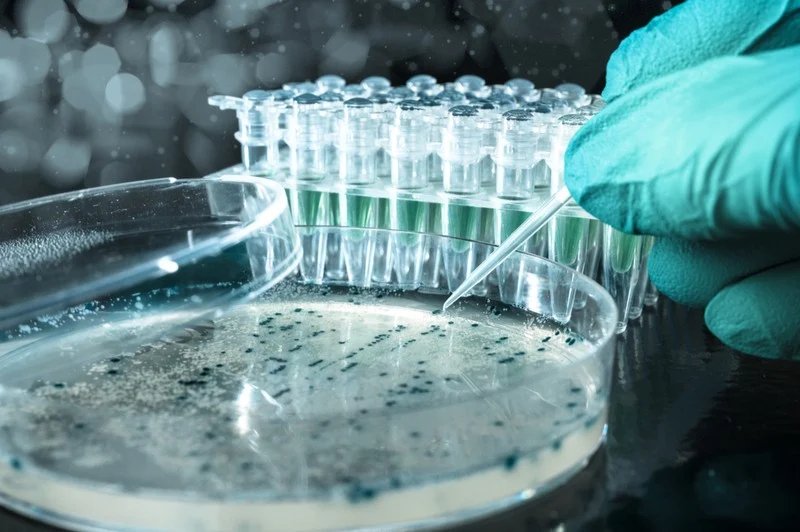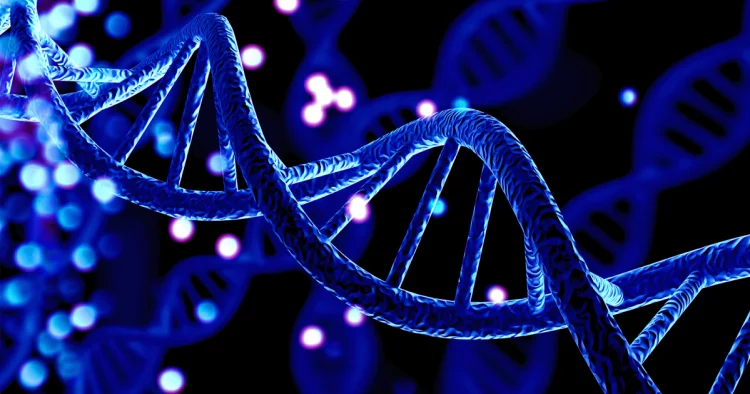Introduction
Biotechnology is entering a transformative era defined by breakthroughs in genomics, synthetic biology, personalized medicine, regenerative therapies, and computational biology. These emerging technologies promise to redefine healthcare, agriculture, industrial processes, and environmental management.
Unlike conventional biotechnology, which focused on incremental improvements in gene editing, fermentation, and protein production, modern life sciences innovations emphasize system-level design, predictive modeling, and tailored interventions. By integrating artificial intelligence, robotics, and multi-omics data, researchers are creating tools capable of understanding, engineering, and even creating life in unprecedented ways.
This article explores the most promising emerging biotechnologies, their scientific foundations, potential applications, challenges, and future implications.
1. Advanced Gene and Cell Therapies
1.1 Next-Generation Gene Editing
- CRISPR-Cas Variants: Base editors, prime editors, and CRISPR-Cas12/13 systems enable highly precise genomic modifications with reduced off-target effects.
- Applications: Treatment of monogenic diseases, cancer immunotherapy, and viral resistance engineering.
- Emerging Techniques: Epigenome editing to modulate gene expression without altering DNA sequence.
1.2 Gene Therapy Delivery Platforms
- Viral Vectors: Adeno-associated viruses (AAVs), lentiviruses, and retroviruses deliver therapeutic genes to target tissues.
- Non-Viral Delivery: Lipid nanoparticles, exosomes, and polymer-based systems reduce immunogenicity and enhance tissue targeting.
- Challenges: Immune responses, tissue specificity, and long-term expression control.
1.3 Cell-Based Therapies
- CAR-T and CAR-NK Cells: Engineered immune cells targeting cancer cells with high specificity.
- Stem Cell Therapies: Regeneration of damaged tissues, including cardiac, neural, and musculoskeletal systems.
- Induced Pluripotent Stem Cells (iPSCs): Patient-specific cells for disease modeling, drug testing, and autologous therapy.
2. Regenerative Medicine and Tissue Engineering
2.1 Biofabrication of Organs and Tissues
- 3D Bioprinting: Layer-by-layer deposition of cells and biomaterials to construct functional tissues.
- Scaffold-Based Engineering: Biodegradable matrices support cell growth and differentiation.
- Organoids and Mini-Organs: In vitro models replicate organ function for research and personalized medicine.
2.2 Emerging Applications
- Transplantation: Engineering tissues to reduce donor shortages and immune rejection.
- Drug Screening: Patient-derived organoids accelerate drug efficacy and toxicity studies.
- Disease Modeling: Complex organoid systems mimic pathophysiology of neurodegenerative, cardiovascular, and metabolic diseases.
3. Synthetic Biology and Designer Organisms
3.1 Principles of Synthetic Biology
- Engineering cells as programmable systems using modular genetic circuits.
- Combining metabolic pathway engineering with predictive modeling for optimized production of proteins, metabolites, or biofuels.
3.2 Designer Microorganisms
- Engineered bacteria, yeast, or algae for pharmaceutical, agricultural, and industrial applications.
- Examples:
- Production of high-value chemicals and enzymes.
- Carbon capture and bioenergy production.
- Biodegradable bioplastics and biofuels.
3.3 Minimal and Artificial Cells
- Cells with stripped-down genomes serving as controllable platforms for research and industrial applications.
- Applications include drug synthesis, biosensors, and synthetic ecosystems.
4. Personalized and Precision Medicine
4.1 Omics-Driven Therapies
- Integration of genomics, transcriptomics, proteomics, and metabolomics enables tailored interventions.
- Identification of biomarkers for early disease detection and individualized treatment plans.
4.2 Pharmacogenomics
- Matching drugs to patients based on genetic profiles to improve efficacy and reduce adverse effects.
- AI models predict patient responses to therapy and optimize dosage.
4.3 Digital Health and Telemedicine Integration
- Wearable biosensors and home-based diagnostics generate real-time patient data.
- Personalized monitoring and adaptive therapy improve clinical outcomes.
5. Microbiome Engineering
5.1 Human Microbiome Applications
- Gut, skin, and oral microbiome modulation for metabolic, immune, and neurological health.
- Fecal microbiota transplantation and engineered probiotics as therapeutic strategies.
5.2 Agricultural and Environmental Applications
- Engineering soil and plant microbiomes for enhanced crop yield, stress tolerance, and nutrient efficiency.
- Microbiome-based bioremediation for polluted ecosystems.
5.3 Future Directions
- Designer microbiomes tailored to specific environments or patient needs.
- Integration with AI to predict and optimize microbial community functions.

6. Computational Biotechnology and Artificial Intelligence
6.1 AI-Driven Drug Discovery
- Machine learning models accelerate identification of drug candidates and predict protein-ligand interactions.
- Examples: AlphaFold for protein structure prediction; generative models for novel compound design.
6.2 Predictive Modeling and Systems Biology
- Simulation of cellular pathways, metabolic networks, and disease progression.
- Enables virtual testing and optimization of therapies before clinical trials.
6.3 Automation and Robotics
- High-throughput robotic platforms for experiments, screening, and manufacturing.
- Reduces human error, increases reproducibility, and accelerates discovery cycles.
7. Emerging Agricultural Biotechnologies
- CRISPR-Edited Crops: Drought-resistant, nutrient-enriched, and pest-tolerant varieties.
- Synthetic Microbial Consortia: Enhance soil health and crop productivity.
- Vertical Farming and Controlled Environment Agriculture: Integration of biotechnology and precision monitoring to optimize plant growth and reduce resource consumption.
8. Biomanufacturing and Industrial Innovation
8.1 Bio-Based Materials
- Bioplastics, biofuels, and specialty chemicals produced by engineered microorganisms.
- Sustainable alternatives to petroleum-based products.
8.2 Enzyme Engineering
- Tailored enzymes for industrial applications in food, textiles, detergents, and pharmaceuticals.
- Directed evolution and computational design optimize performance.
8.3 Bioprocess Automation
- AI-driven optimization of fermentation, purification, and quality control.
- Scale-up of laboratory innovations to commercial production.
9. Challenges and Barriers
9.1 Technical Challenges
- Safety, stability, and scalability of engineered organisms.
- Data integration from multi-omics and high-throughput experimentation.
- Complexity of tissue engineering and organ fabrication.
9.2 Regulatory Hurdles
- Approval of novel gene therapies, synthetic organisms, and advanced biologics is complex and time-intensive.
- Regulatory harmonization across countries is limited, affecting global adoption.
9.3 Ethical Considerations
- Germline editing, synthetic life creation, and ecological release of engineered organisms.
- Balancing innovation with societal acceptance and moral responsibility.
10. Future Outlook
- Integration of AI, robotics, and biotechnology: Autonomous labs and predictive modeling will accelerate discovery and production.
- Expansion of personalized medicine: Genomic and molecular insights will guide individualized therapies globally.
- Sustainable industrial applications: Bio-based materials and synthetic organisms will contribute to circular economies.
- Global collaborative innovation: Partnerships among academia, industry, and governments will drive responsible biotech deployment.
- Space and extreme environment applications: Biotech-enabled life support, biomanufacturing, and terraforming for future exploration missions.
Conclusion
Emerging biotechnologies are redefining the boundaries of life sciences. Advanced gene and cell therapies, synthetic biology, personalized medicine, microbiome engineering, and AI-driven biotechnology are not only solving current challenges but also creating entirely new possibilities for the future.
While technical, regulatory, and ethical hurdles remain, interdisciplinary collaboration, computational tools, and global investment are propelling the field toward transformative applications. The life sciences of tomorrow will be highly integrated, predictive, and personalized, with biotechnology at the core of innovation, health, sustainability, and human advancement.











































